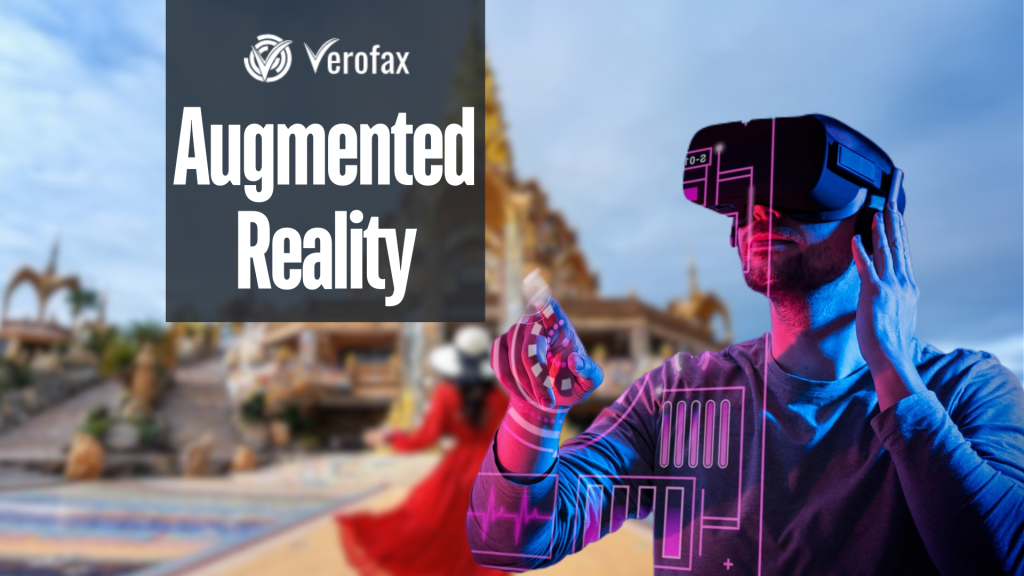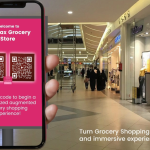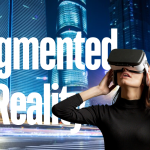The universe of travel is steadily developing, and with the coming of AR, how we investigate and find new spots is going through a progressive change. By consolidating actual investigation with advanced upgrades, AR is permitting explorers to acquire further knowledge about various societies and make remarkable recollections.
What is it, fundamentally?
It is an innovation that overlays computerized data onto this present reality. Clients can use cell phones or AR-empowered gadgets to examine items, areas, or pictures to get to extra data not apparent to the unaided eye. It can incorporate visual and audible components like illustrations, text, activities, 3D models, recordings, and audio effects, making a vivid encounter. In contrast to virtual reality (VR), which replaces this present reality with an advanced one, Interactive AI Augmented Reality Solutions from Verofax improves the current reality with computerized components.
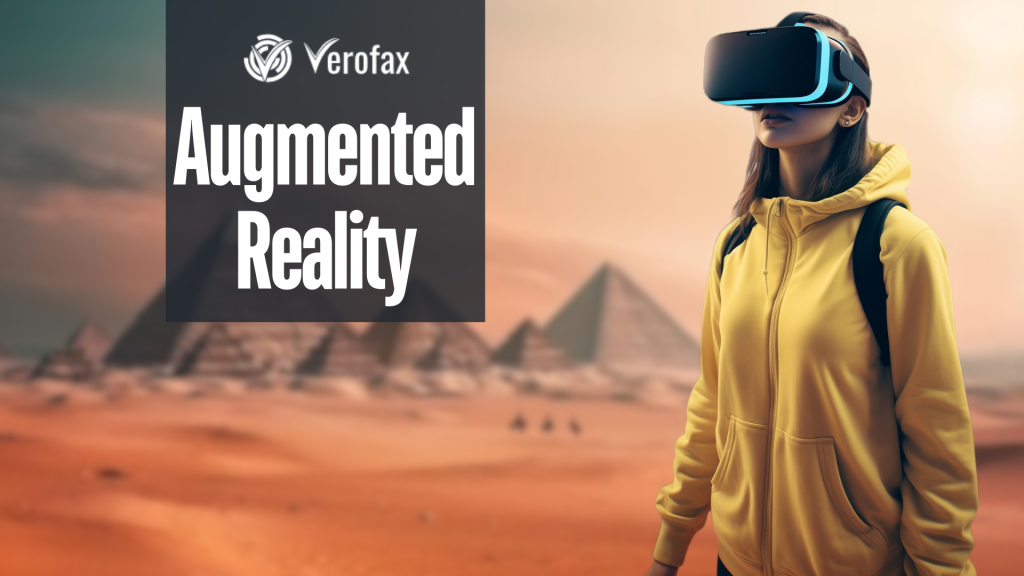
Its growing significance in the travel industry
As innovation becomes an essential piece of our lives, explorers are progressively looking for ways of making their excursions seriously thrilling and helpful. The friendliness and travel industry has embraced imaginative applications to fulfill this need, with Interactive AI Augmented Reality Solutions driving the charge in changing vacationer encounters. For the educated and profoundly associated Gen Z, which makes up most of the U.S. shopper populace, AR offers another aspect to travel, making it a vital objective for travel organizations.
Current Purposes of AR in the Travel Industry
- Navigation and Wayfinding
Customary travel pamphlets and actual guides are replaced by AR innovation, which can make exploring new urban communities a breeze. Explorers can utilize AR applications on their cell phones to track down eateries, shops, transport choices, and attractions, all customized to their inclinations. As per Statistica, the versatile AR market is supposed to develop from $21 billion by 2023 to $36.2 billion by 2026, featuring its extending impact.
- Interactive and Vivid Experiences
The technology changes sightseers from latent onlookers to dynamic members by rejuvenating stories and spots. American Express Travel’s 2023 Worldwide Travel Patterns Report noticed that explorers look for bona fide encounters that offer a sample of nearby culture and unexpected, yet invaluable treasures. AR improves these encounters by making intelligent, vivid conditions that make investigating new objections captivating and significant.
- Museums and Social Legacy Sites
AR improves the instructive worth of tours to exhibition halls and legacy destinations. Rather than simply understanding plaques or paying attention to sound aides, sightseers can connect straightforwardly with their current circumstances. AR can reproduce verifiable occasions and valid spots, offering a 360-degree experience that transports guests back in time. Envision seeing the Colosseum in Rome thriving or encountering the old city of Pompeii before the ejection of Mount Vesuvius — AR makes this conceivable.
- Language Interpretation and Communication
It spans language hindrances, making correspondence more straightforward for sightseers. AR applications can decipher signs and menus, empowering voyagers to associate with local people without knowing the language. By consolidating AR with picture acknowledgment and voice orders, voyagers can explore outside nations all the more certainly and serenely.
- Personalized Proposals and Outing Planning
The innovation assists explorers with getting customized data in light of their inclinations and areas. AR applications can give customized suggestions for exercises, feasting, and attractions, improving the general travel insight. It can be upgraded by reference point innovation, which gives constant data and ideas in light of the voyager’s quick environmental elements.
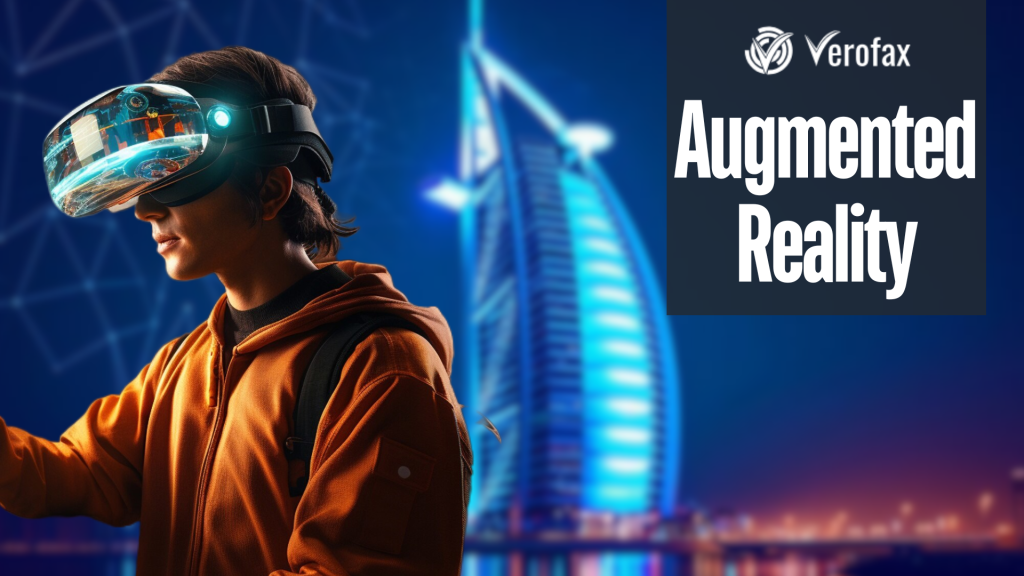
Advantages and Difficulties of AR in The Travel Industry
Benefits:
Upgraded Experiences: It gives vivid and intuitive encounters, making travel captivating.
Instructive Value: It offers further experiences in social and authentic settings.
Convenience: AR improves on route, correspondence, and excursion arranging.
Personalization: It takes into account custom-made travel encounters given individual inclinations.
Challenges:
Innovation Adoption: Guaranteeing broad reception of AR innovation among voyagers.
Cost: Advancement and upkeep of AR applications can be costly.
Accessibility: Making AR encounters open to voyagers of all technical knowledge levels.
Future Turns of events
The capability of the technology in the travel industry is considerable. Future improvements might incorporate further developed AR glasses, mixed with simulated intelligence for more astute suggestions, and more extensive use in remote or less touristy regions. As the innovation evolves, it vows to make significantly more vivid, customized, and significant travel encounters.
Stay Updated:
For more insightful tips and expert advice, follow me on LinkedIn, Facebook, Instagram, Twitter, TikTok, Threads, YouTube channel and stay tuned!
For more information, visit Verofax or contact in**@ve*****.com.
